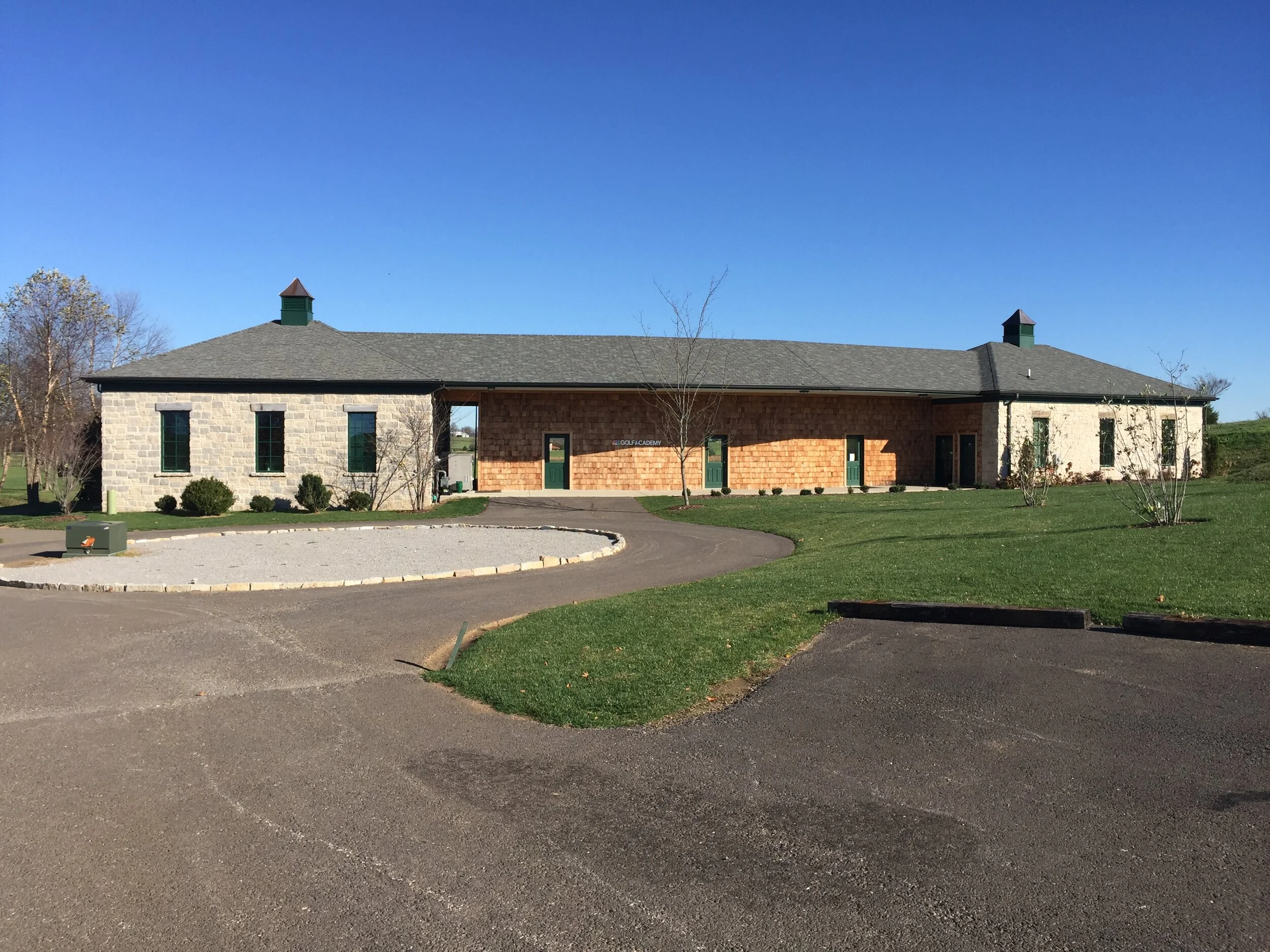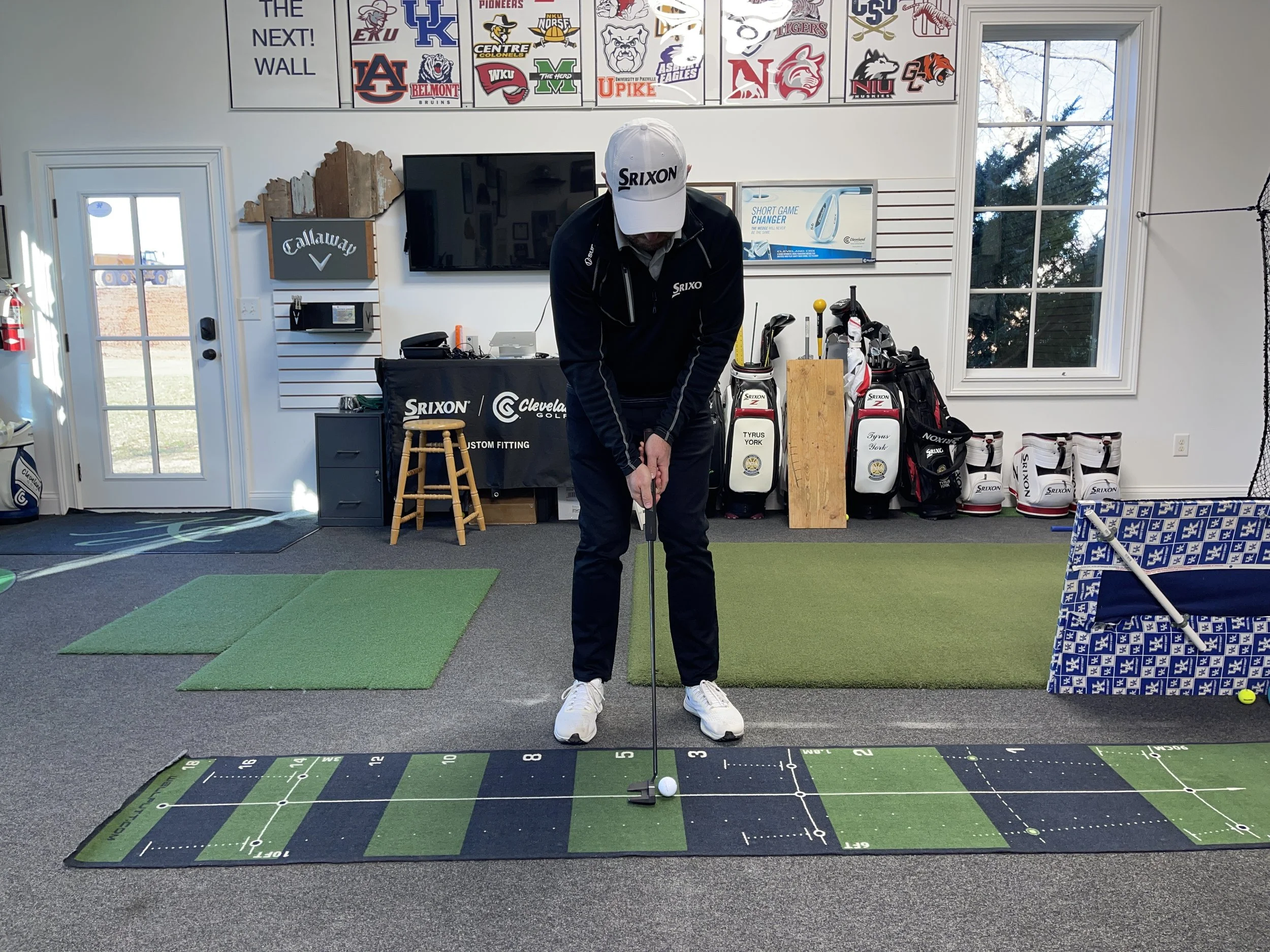Every Friday I have a new golf tip posted on this blog. Be sure to leave a comment or share if you like what you read.
The strokes gained statistic on the PGA Tour has revolutionized how we understand what it takes to win. It should be of little surprise that the players who hit the most greens and putt well on those greens tend to do very good.
Hitting greens in regulation for most golfers is a great thing, but being able to capitalize and make some putts on those greens can have you playing great golf.
Here are some tips to help you make more putts and maximize your ability to make putts when on greens in regulation:
· Know yardages with your wedges. Most birdies on Tour are made when the players have a wedge into the green. It is easier to get the ball close to the hole when you can use a shorter club. You must however be able to control these shorter clubs to take advantage of getting to use them. Practice distance control by practicing a stock shot to a comfortable yardage using a less than full swing. For example, use your sand wedge and practice making the ball travel half of its full swing distance. From there you can make slight adjustments to account for the difference in yardage.
· Expand your makeable putt range. I’ve never seen a putt I didn’t think I could make and hopefully you haven’t either. But the truth is that the farther you get from the hole the more luck is required to make it. Begin by making 2 footers your 100% make range. Practice by spending more time making 2 footers than any other putts. Once you feel like you’ve accomplished this, expand your range to 3 feet. Keep expanding your distance until you feel like 5 feet is your 100% range. The goal is to build the confidence of knowing that any putt 5 feet and in should be an easy make. This will allow you to be more aggressive on longer putts and reduce the fear of running the ball past the hole.





















